
MaptimeLA presents:
Python +
BeautifulSoup +
QGIS
=Awesome!
#maptimeLA

MaptimeLA presents:
Python +
BeautifulSoup +
QGIS
=Awesome!
#maptimeLA
Python is a programming language.
It is commonly used in GIS, math, and science.

If you are used to languages like JavaScript, some key differences are:
• indents instead of brackets
• variables are local (no var)
• unicode strings are prefixed by u
Python has a lot of libraries.
These contain code you can use via shortcuts.

Use pip for installing libraries. Recent installs should come with pip. Use pip --version to check in command line.
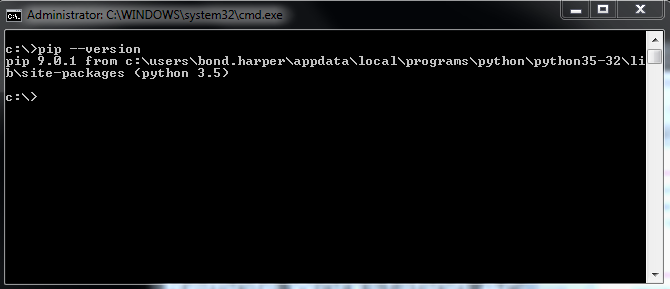
Use pip (or your preferred method) to install BeautifulSoup4:
pip install beautifulsoup4

BeautifulSoup is a library for extracting data from html and xml.

Use pip (or your preferred method) to install requests:
pip install requests

Requests is a library for extracting data from html and xml.

Let's write some Python to get the gages from this LA County page as a csv.
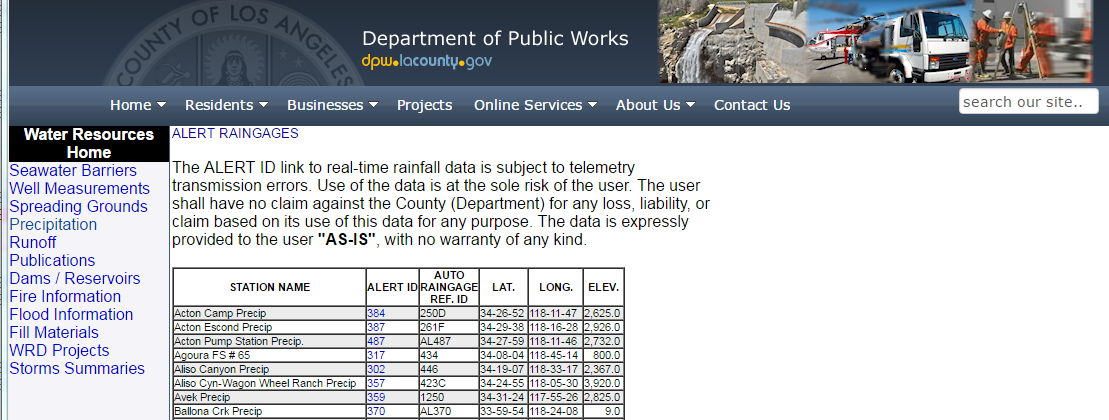
But first, inspect the page to learn more about the structure of the data we want.

We start by importing the libraries we need:
import requests
from bs4 import BeautifulSoup
import csv
Then we fetch the site using requests:
url = "http://www.ladpw.org/wrd/precip/alertlist.cfm"
response = requests.get(url)
code = response.content
Time to make soup:
soup = BeautifulSoup(code, "html.parser")
table = soup.find('table',
attrs={"summary" : "Table
contains ALERT raingage list"})
Parse the table together:

Time for QGIS!
QGIS is a free geographic information system software for making maps and analyzing spatial data.

The longitude is missing the negative sign. We will add it in QGIS:
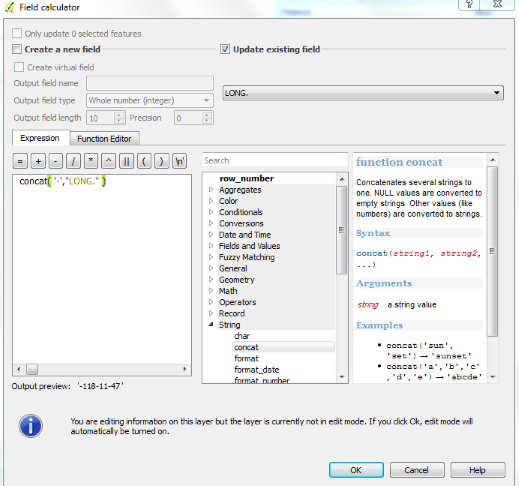
Now we can add the table as points.
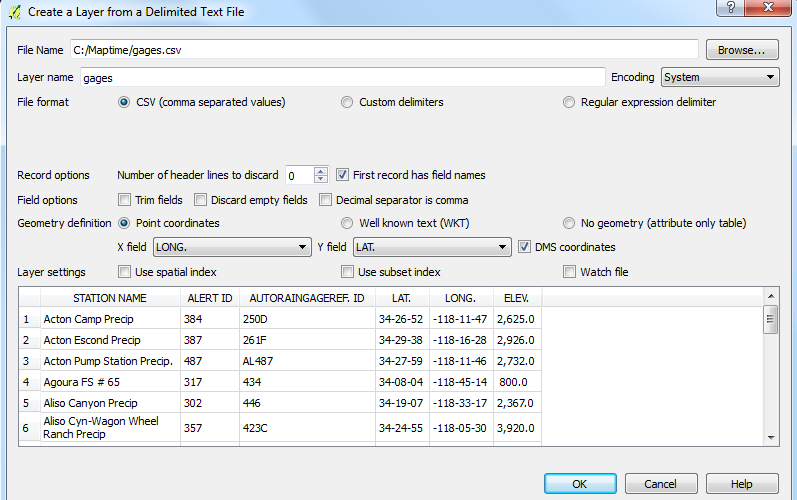
Turn on the basemap using OpenLayers and save as a shapefile.
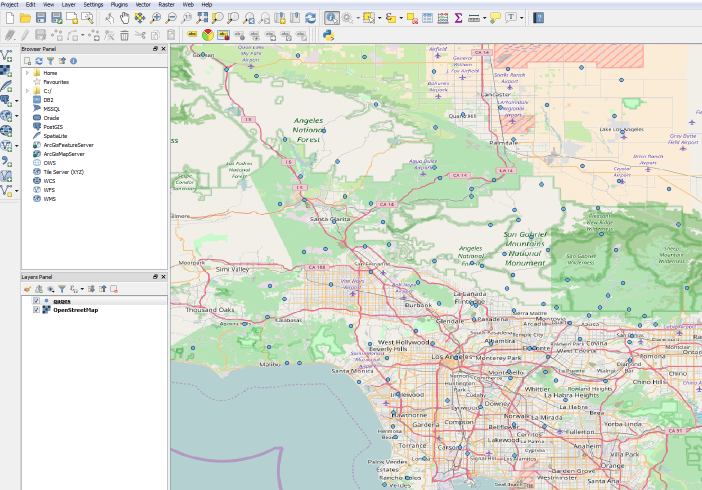
Now let's write some Python to get the rainfall from individual gages as a csv.
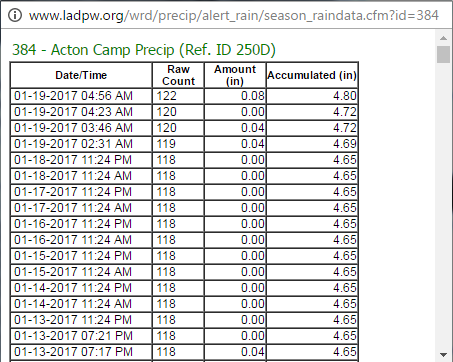
But first, inspect the page to learn more about the structure of the data we want.
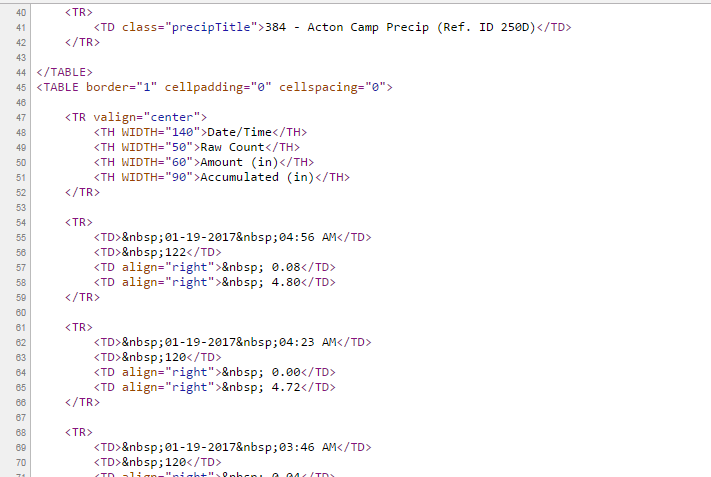
Python for individual gage:
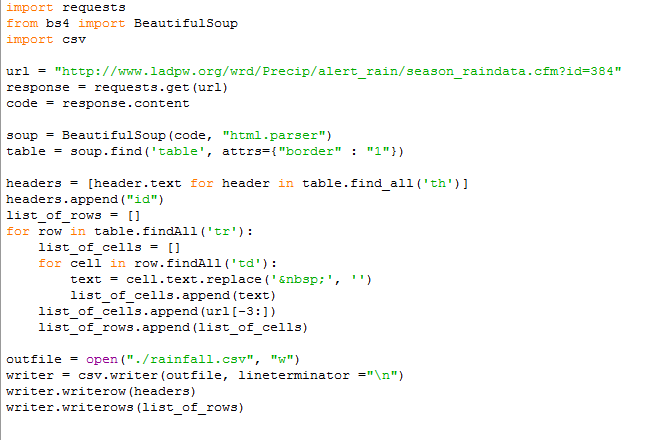
Now we are going to use relations in QGIS to relate the rain to our gage points:
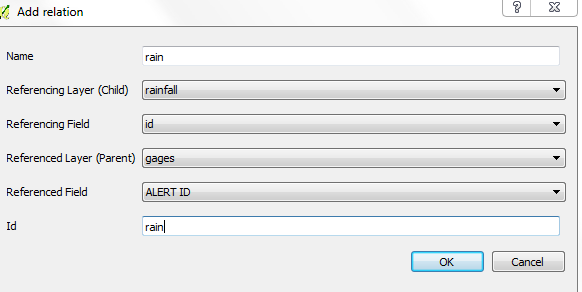
Now what can you do? As an example we could sum and color the gage by rainfall:
